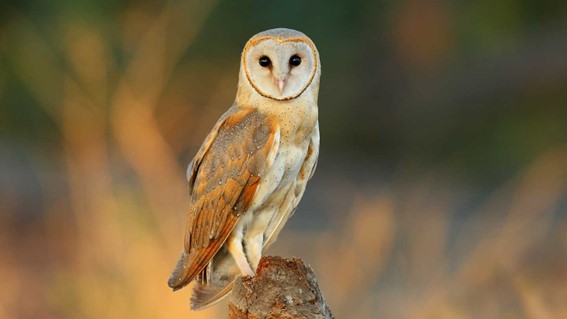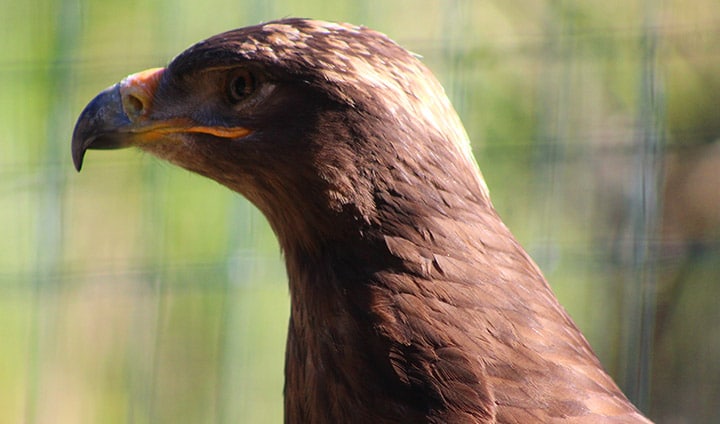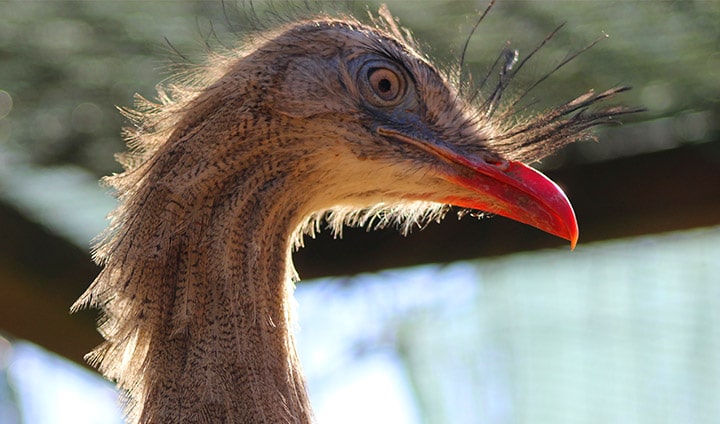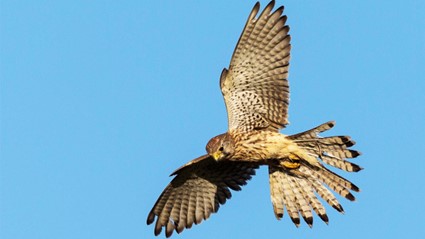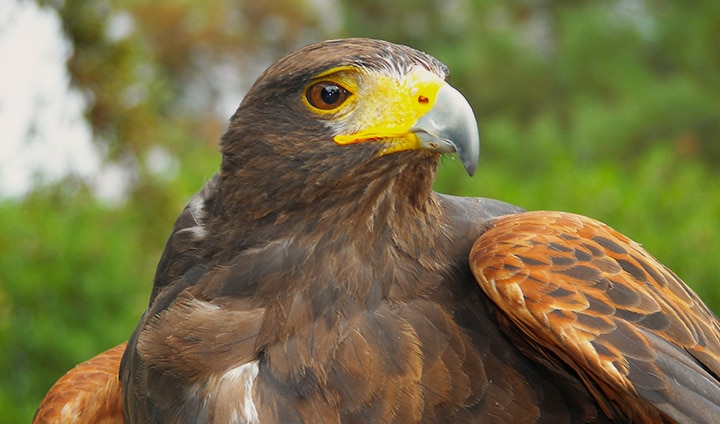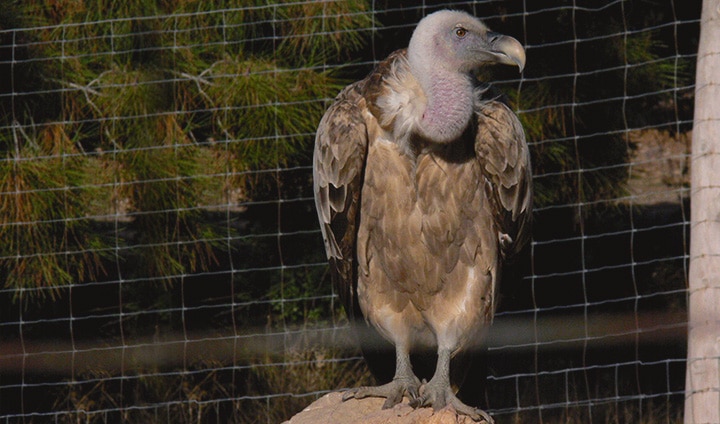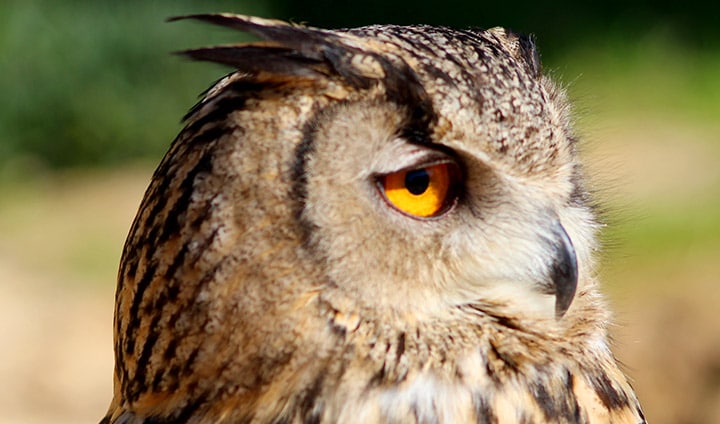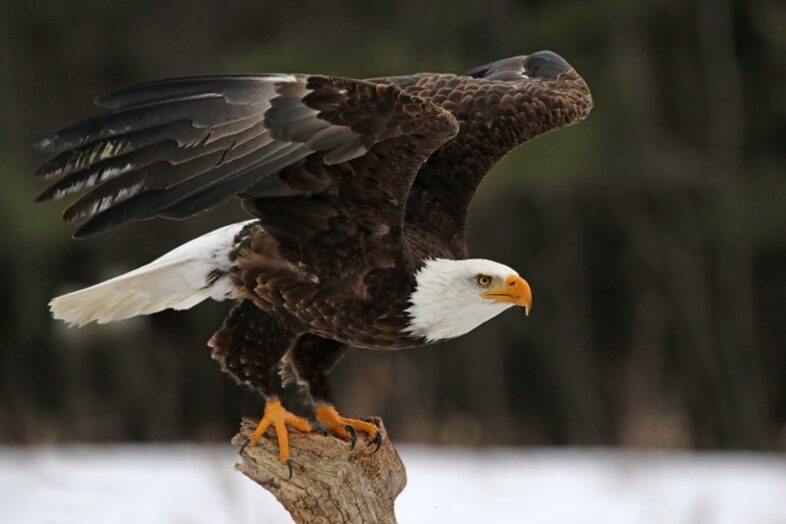Habitat and Geographical Distribution: Open fields, savannahs, forest edges, beaches and urban areas. Neotropical distribution from Argentina to the southern United States, with their largest population in south-east and north-east Brazil.
Diet: Rather opportunistic omnivore, takes advantage of all available sources: invertebrates, fish, birds, reptiles, fruits, carrion and parasites of large mammals.
Reproduction: Build nests with twigs, sticks and pieces of wood or uses abandoned nests. Lay 2 to 3 eggs, which are incubated by the couple for 28 days. The young begin to fly in the third month of life.
Behaviour: Usually solitary, but can form groups when find a plentiful food source. Can perform kleptoparasitism (act of stealing food) on other birds, including birds of prey such as the harris’s hawk (Parabuteo unicinctus).
Interesting Facts: Their vocalisations gave rise to their common name “caracara”. When emitting the sound, it bends its neck and rests its head on its back.
Conservation status: Least Concern (LC), CITES Appendix II.
Threats: It is not threatened globally.
Class: Aves
Order: Falconiformes
Family: Falconidae
Length: 50-60 cm
Wingspan: up to 1.25 m
Weight: 830-1600 g
Maximum lifespan in the wild: 17 years
Maximum lifespan in captivity: 37 years



